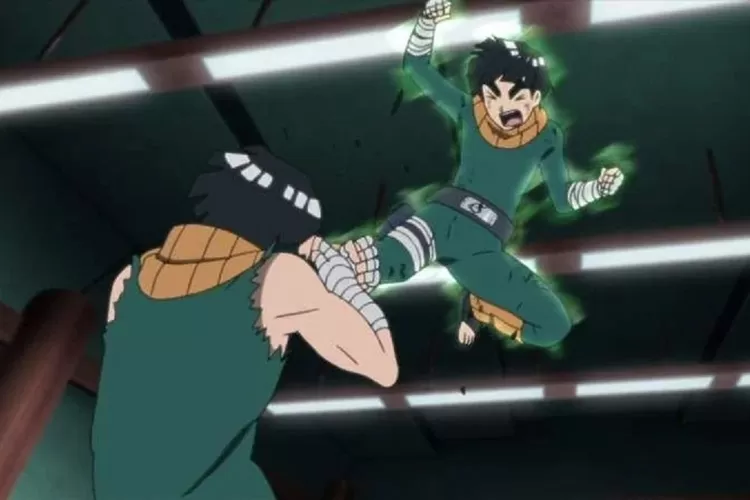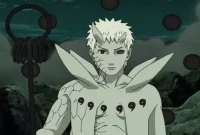The world of Naruto is filled with powerful clans, each with their unique abilities and strengths. However, amidst the dominance of these formidable clans, there also exist weaker ones that often face an uphill battle in the ninja world. In this article, we will delve into the struggles and contributions of these weaker clans, shedding light on the diverse challenges and dynamics they bring to the narrative.
One of the key aspects that make the Naruto world so rich and captivating is the role that clans play in its characterization and development. These clans form the backbone of the ninja society, shaping its core values and ideologies. However, conflicts between clans are not uncommon, often arising from ideological differences or power struggles. It is in these conflicts that the weaker clans often find themselves at a disadvantage.
One such weak clan in Naruto is the Wagarashi clan. Known for their unethical practices, they resort to any means necessary to gain an advantage. While their methods may provide short-term benefits, in the long run, they face consequences and often struggle to maintain their position in the ninja world.
Another weaker clan, the Iburi clan, possesses a unique ability to turn into smoke. However, this ability becomes their biggest weakness. Despite their advantage of being able to escape physical attacks, they are vulnerable to wind-based techniques and struggle to defend themselves effectively. Furthermore, the Iburi clan depends heavily on Orochimaru’s sea serpent for their survival, making them susceptible to manipulation and control.
Contrasting the struggles of the Wagarashi and Iburi clans, the Kagetsu clan offers a ray of hope for weaker clans. Originally starting as powerless farmers, the Kagetsu clan eventually prospers through their determination and sheer will. In a bold move to unite the clan, they even stage their leader’s death, instilling a sense of unity and purpose among their members. This display of resourcefulness and resilience sets them apart from other weaker clans in Naruto.
In the Tea Country, the Wasabi clan competes with the Wagarashi clan for leadership. However, unlike their rivals, the Wasabi clan adopts a different approach. Rather than resorting to unethical practices, they focus on the happiness and well-being of their people. They even go as far as adopting war orphans, providing them with a sense of belonging and purpose. This emphasis on compassion and community development puts the Wasabi clan in stark contrast to the power-hungry Wagarashi clan.
The Lee clan, while not possessing strong ninjutsu abilities, excels in the art of taijutsu. Rock Lee, a member of the Lee clan, embodies this ambition, aspiring to become a taijutsu-based ninja and make his mark in the ninja world. Despite the initial disadvantage of lacking powerful techniques, the Lee clan’s determination and expertise in taijutsu pave the way for their growth and eventual recognition.
It is important to note that the weaker clans in Naruto often face defeat or struggle to improve their circumstances. However, their presence and contributions should not be underestimated. These clans add depth and complexity to the overall narrative, showcasing the range of challenges and dynamics within the ninja world.
In conclusion, the Naruto series portrays both powerful and weaker clans, each with their distinct struggles and contributions. While the powerful clans dominate the stage, the struggles of the weaker clans provide a compelling storyline. From the unethical practices of the Wagarashi clan to the resilience of the Kagetsu clan, these weaker clans contribute to the complexity and richness of the Naruto story and world. They remind us that strength comes in different forms and that even the underdogs can leave a lasting impact.




